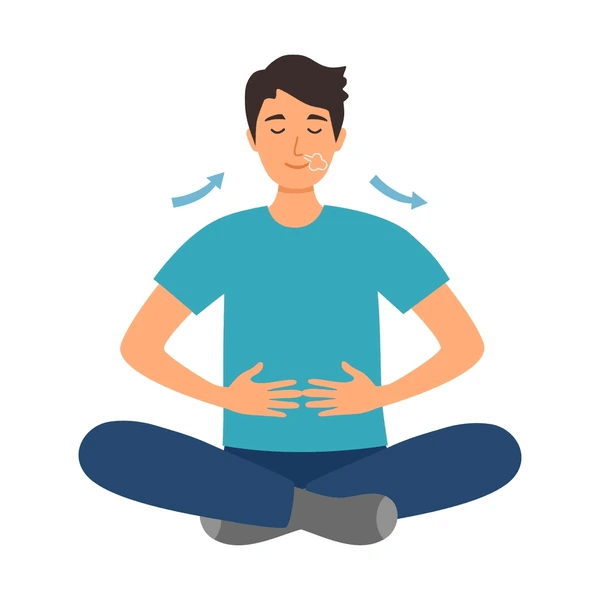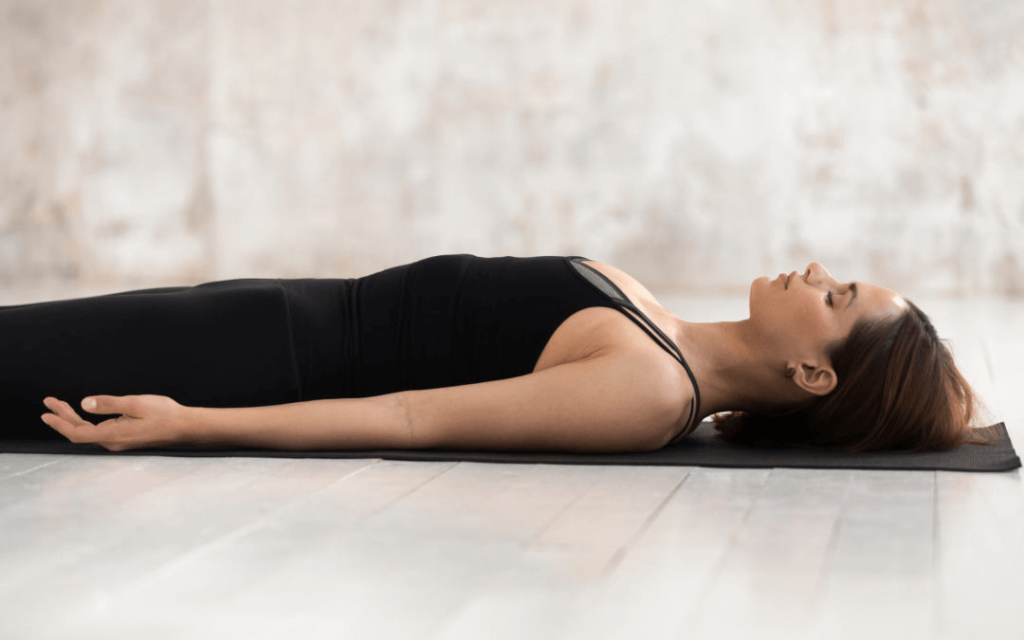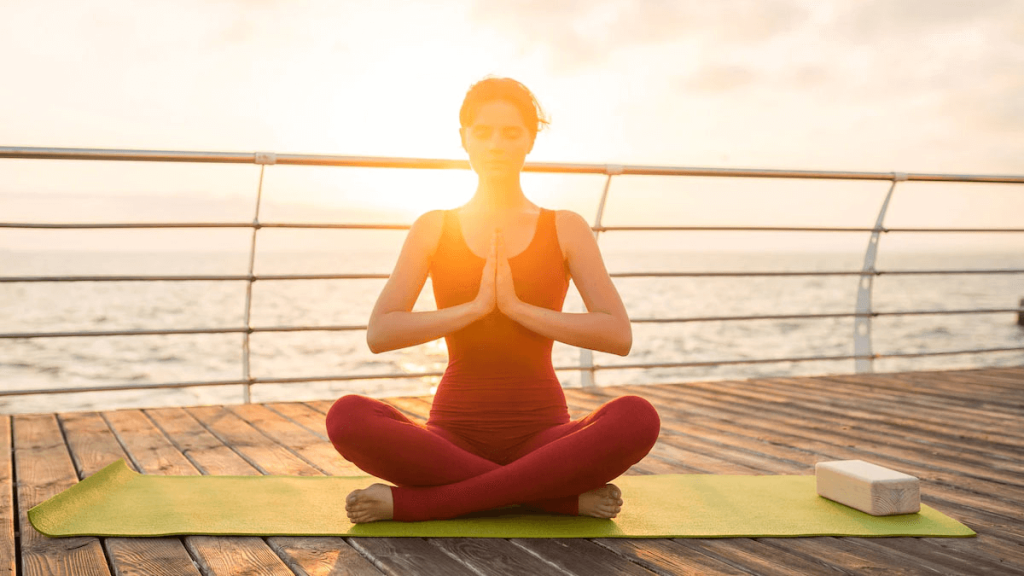In today’s fast-paced world, finding inner peace may seem like an elusive goal. However, through meditation, you can create a calm and centered state of mind, even amidst daily stresses. This article will guide you through various meditation techniques designed to help you achieve inner peace, along with practical tips and insights to deepen your practice.
Types of Meditation for Inner Peace
There are various types of meditation techniques, each offering unique ways to achieve inner peace. Here are some popular techniques:
1. Breathing Meditation

Breathing meditation is a simple but useful technique that sharpens the mind. According to research from Trinity College Dublin, breath-focused meditation is closely linked to improved attention and brain health. This type of meditation can enhance your ability to concentrate, reduce a wandering mind, improve your alertness, and bring more positive emotions. By focusing on your breath, you spend less time dwelling on negative thoughts, which helps cultivate a sense of peace and calm. Deep breathing, especially techniques like the 4-7-8 method, is effective in managing stress and anxiety.
2. Guided Meditation

Guided meditation is ideal for beginners, as it involves following a guide who leads you through calming visualizations and mental images. This structured approach makes it easier to focus and relax, making it a perfect starting point for those new to meditation.
3. Mantra Meditation

In mantra meditation, you repeat a word, phrase, or sound silently to yourself. This repetition helps focus your mind and minimize distractions, creating a soothing mental rhythm that can deepen your meditation practice.
4. Mindfulness Meditation
Mindfulness meditation concerns being fully aware of your thoughts, feelings, and surroundings without judgment. By focusing on the present moment, you cultivate a sense of awareness and inner peace, allowing you to connect more deeply with yourself.
5. Healing Meditation

Healing meditation focuses on reducing stress and promoting positive life changes. By managing the connection between your emotions and physical health, this technique can help alleviate chronic pain and other medical conditions, making it a valuable tool for overall well-being.
6. Visualization Meditation
Visualization meditation involves imagining positive scenes or images to evoke feelings of relaxation and peace. By engaging all your senses, this technique will help you get motivated and focused on your goals as you visualize yourself achieving them.
7. Progressive Relaxation Meditation

Progressive relaxation meditation helps release tension in your muscles, promoting relaxation and reducing stress. By focusing on one muscle group at a time and gradually relaxing it, this technique can help relieve anxiety and fatigue over time.
8. Morning Meditation

Meditating in the morning, before starting your day, can be a powerful energy booster. With a clear mind, morning meditation helps you feel more awake and alert, setting a positive tone for the rest of the day.
9. Mindful Walking Meditation

Mindful walking meditation, rooted in Zen Buddhism, involves walking slowly and deliberately while paying attention to your surroundings. Whether noticing the rustling leaves or the warmth of the sun, this practice can be particularly healing for those who find it difficult to sit still during meditation.
10. Yoga Meditation

Yoga meditation combines physical postures, controlled breathing, and mindfulness to create a flexible body and a calm mind. The focus required in yoga naturally promotes mindfulness, making it a holistic approach to achieving inner peace.
These beginner meditation techniques are designed to help you find inner peace and balance in your daily life. Whether you’re untouched to meditation or looking to deepen your practice, these methods offer simple and effective ways to cultivate mindfulness and tranquility.
How to Perform Meditation for Inner Peace
To perform meditation effectively, follow these techniques:

- Find a Comfortable Position: Sit on the floor with your legs crossed, or choose a position that feels natural to you. Place your hands on your thighs with your palms facing up, and close your eyes.
- Focus on Your Breath: Begin by taking deep, even-paced breaths. Inhale slowly, hold your breath for a moment and then exhale completely. Concentrating on your breathing helps to relax both your mind and body.
- Visualize Calmness: Imagine that your body is free from all worldly problems and that you are surrounded by a peaceful, calming light. This visualization can help you enter a state of deep relaxation.
- Recite a Mantra: Choose a positive phrase or mantra to repeat silently. This will help you maintain focus and enhance the meditation experience.
- Radiate Inner Peace: As you continue to meditate, imagine the peaceful light radiating from your center and spreading out to encompass your entire being. Allow this feeling of peace to permeate your mind and body.
- Gradual Return: When your meditation session is complete, take a few moments to slowly return to your surroundings. Open your eyes and take note of how you feel – calmer, more centered, and ready to face the day.
Health Benefits of Meditation for Inner Peace
Regular meditation has been shown to provide numerous health benefits, including:
- Improved Brain Function: Meditation enhances cognitive abilities and concentration.
- Weight Loss Support: Mindfulness can help you make healthier food choices and enhance your relationship with eating.
- Better Respiration: Meditation promotes deep breathing, which can improve lung function.
- Reduced Cardiovascular Risk: Regular meditation helps lower blood pressure and the risk of heart disease.
- Relief from Allergies and Asthma: Relaxation techniques associated with meditation can alleviate symptoms of allergies and asthma.
- Enhanced Fitness: By reducing stress, meditation can improve overall physical well-being and encourage a more active lifestyle.
Conclusion
Meditation is a great tool for finding inner peace and improving overall well-being. By practicing different techniques, you can discover what works best for you and gradually build a routine that brings calm and balance into your life. Remember, there is no right or wrong way to meditate – what matters most is finding the approach that helps you feel centered and at peace.

